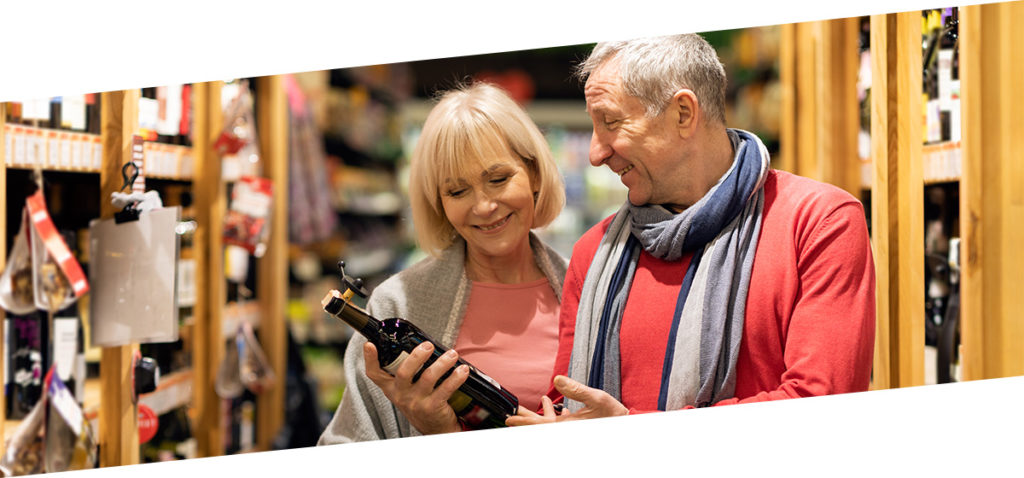Wine Labels: 5 Things Customers Look For
Recent surveys of wine customers have revealed something remarkable: in as many as 82% of cases, the most influential factor in their purchase decision was the design of the label. Label appearance was consistently more influential than information about the actual wine traits.
The trend may be here to stay, given that younger buyers are driving it. A 2015 Gallo Consumer Wine Trends Survey found that millennial wine drinkers were four times more likely than baby boomers to select a wine based on its label.
So what wine label design choices affect purchase decisions the most? Here are five things mentioned most in customer studies.
Perceived price
The actual wine price is the most universal consideration for wine purchases. However, the “perceived price” (i.e., how expensive a bottle of wine appears) can also have a dramatic impact. For example, one wine label survey found that 65% of wine customers had made their decision based on the perceived price.
What label factors make a wine look valuable? Some might be obvious, like embossed labels, gold foil, and elegant graphics. But other design choices are less intuitive.
For example, two University of California, Berkeley, researchers conducted a study where ninety fictitious labels were created for a Californian cabernet sauvignon. In cases where customers were given the purchasing goal of maximizing “upper class and value,” a coat-of-arms illustration was the top option, beating out popular alternatives like grapes or vineyards. The researchers also found that colors like burgundy, red-orange, and neutrals led to the wine being described as “successful, desirable, and expensive.”
Another study provided customers with examples of four label design approaches – Modern & Colorful, Illustrative, Classic & Elegant, and Nostalgic & Refined – and found that wines with the Classic label had the highest perceived value.
Other aesthetics
The Berkeley study found that regardless of customer goal, the label illustration had a strong effect on “market success factors and brand personality.” Among their ninety sample labels, the images that received the highest purchase intent scores were grapes, châteaux, and vineyards.
However, the list of significant aesthetic elements goes well beyond illustrations. Some surveys say “unique wine name” has a startling impact, outweighing even basic information like grape variety, vintage, and alcohol ABV%. In another study, over 80% of the respondents identified label texture as important when shopping for wine.
Brand
A recognizable brand name is essential, at least among repeat customers. In one survey, 69% of a pool of mostly experienced customers considered brand a key factor when reading labels.
Region of origin
Region of origin was cited in a number of customer studies as an important label element and one of the few top-performing label components related to actual wine characteristics. However, this was much more true for baby boomers than younger customers. (In fact, in one study of young Canadian millennials, only 14% of the respondents mentioned any product information at all when evaluating the effectiveness of wine labels.)
Grape Variety
After region, the next most important wine characteristic that customers found influential was grape variety. But like region of origin, this was cited as relevant significantly less often than design elements.
Note that the lower performance of label elements describing intrinsic wine characteristics might be explained by less-experienced wine drinkers simply not having familiarity or preferences. If so, brands that highlight these criteria on their label in an engaging way might actually be able to distinguish themselves in the shopping aisle by creating a sense of curiosity and discovery among new wine buyers.
Bonus: In-state/local
Respondents to at least one prominent survey found a winery’s in-state/local status to be as influential as the grape variety on the wine label. Something to consider in New Hampshire as we Keep It Local this month!
Wine Labels Matter
Experienced wine customers come to stores armed with preferences for wine characteristics, speaking confidently about varietals and tasting notes. So it’s essential that labels provide this key information efficiently. But a well-designed label might be even more impactful for customers at large. Wine sellers should keep an eye out for brands that look as good as they taste!

